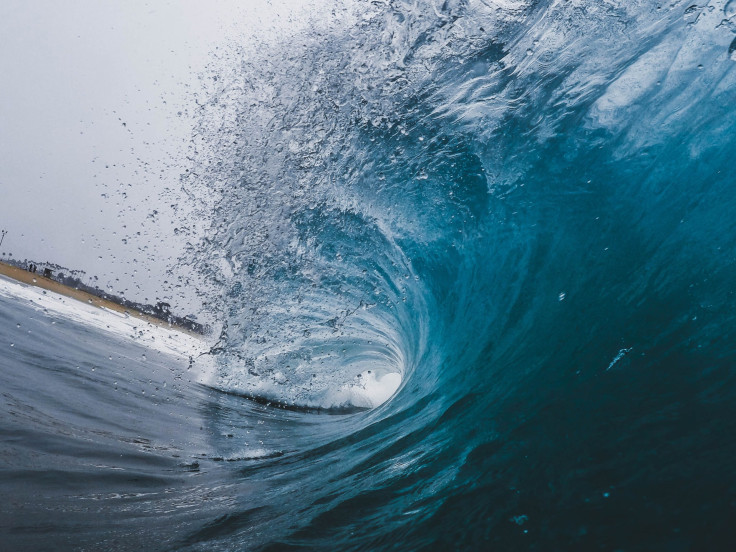
A powerful 8.8-magnitude earthquake struck near the Kamchatka Peninsula in Russia, triggering widespread tsunami alerts across the Pacific on Wednesday morning. It was the strongest quake in the region since 1952 and disrupted lives from East Asia to the Americas, as evacuations and alerts were initiated.
The earthquake occurred at 8:25 a.m. local time, with its epicenter approximately 136 kilometers southeast of Petropavlovsk-Kamchatsky at a depth of 19 kilometers, according to the United States Geological Survey. It is regarded as among the ten most potent earthquakes recorded historically, comparable to those in Chile in 2010 and Ecuador in 1906, as reported by Terra.
In response to the threat of tsunami waves, several countries across the Pacific Basin issued warnings. The Pacific Tsunami Warning Center flagged potential dangers across several coastal areas. In China, the Tsunami Warning Center issued alerts, leading to the evacuation of nearly 283,000 people in Shanghai. In Japan, the Japan Meteorological Agency initially issued a broad tsunami alert but later focused on the northern regions, confirming the earthquake's magnitude at 8.8 on the Richter scale, as noted by El Colombiano.
In Kamchatka, the aftermath was immediately felt as powerful tsunami waves measuring up to 13 feet hit the region, exacerbating the atmosphere of fear among residents. Elizovsky reported waves of three to four meters, and Severo-Kurilsk experienced tsunami inundations up to five meters, according to local sources. The Russian region had no reported casualties, though several injuries were noted, accompanied by damage to some buildings, Terra reported.
The earthquake's impact resonated deeply in Japan, stirring memories of the catastrophic 2011 earthquake. An air of anxiety surrounded the evacuation of over 1.9 million citizens in 21 prefectures, and nearly two million people were advised to move to safer ground. Waves of 4.3 feet struck Miyagi and Iwate Prefectures, with tidal oscillations observed along other coastal prefectures. "There were no injuries or damage to nuclear power plants thus far," said Yoshimasa Hayashi, the Chief Cabinet Secretary, according to Terra.
Across the Pacific, Hawaii and the United States' West Coast were not spared from precautionary measures. Hawaii faced congestion as people evacuated following the alert, and waves measuring 4 to 6 feet were recorded there hours after the quake, as reported by BBC News. Authorities along the California coast advised people to steer clear of the coastline, reflecting a broader theme of vigilance.
In Latin America, countries such as Chile and Ecuador activated emergency response systems. Chile issued comprehensive tsunami alerts, with regions like Valparaíso and Atacama under heightened surveillance. In Peru, authorities anticipated the arrival of waves in the Tumbes region while closing ports around Tacna, as reported by El Colombiano.
Despite the widespread alert and precautionary actions, areas like Tokyo saw disruptions as trains suspended services to coastal zones, according to Live Hindustan. Global attention remains fixated on potential new developments and repercussions, with a probability of consequential waves potentially reaching Pacific nations.
Situated along the Ring of Fire, a volatile tectonic boundary prone to seismic activity, these areas remain vigilant. The shaking of tectonic plates in this geologically active region, known to host 90% of the world's earthquakes and numerous volcanoes, often spurs such natural calamities, as noted by Live Hindustan.
© 2025 Latin Times. All rights reserved. Do not reproduce without permission.



